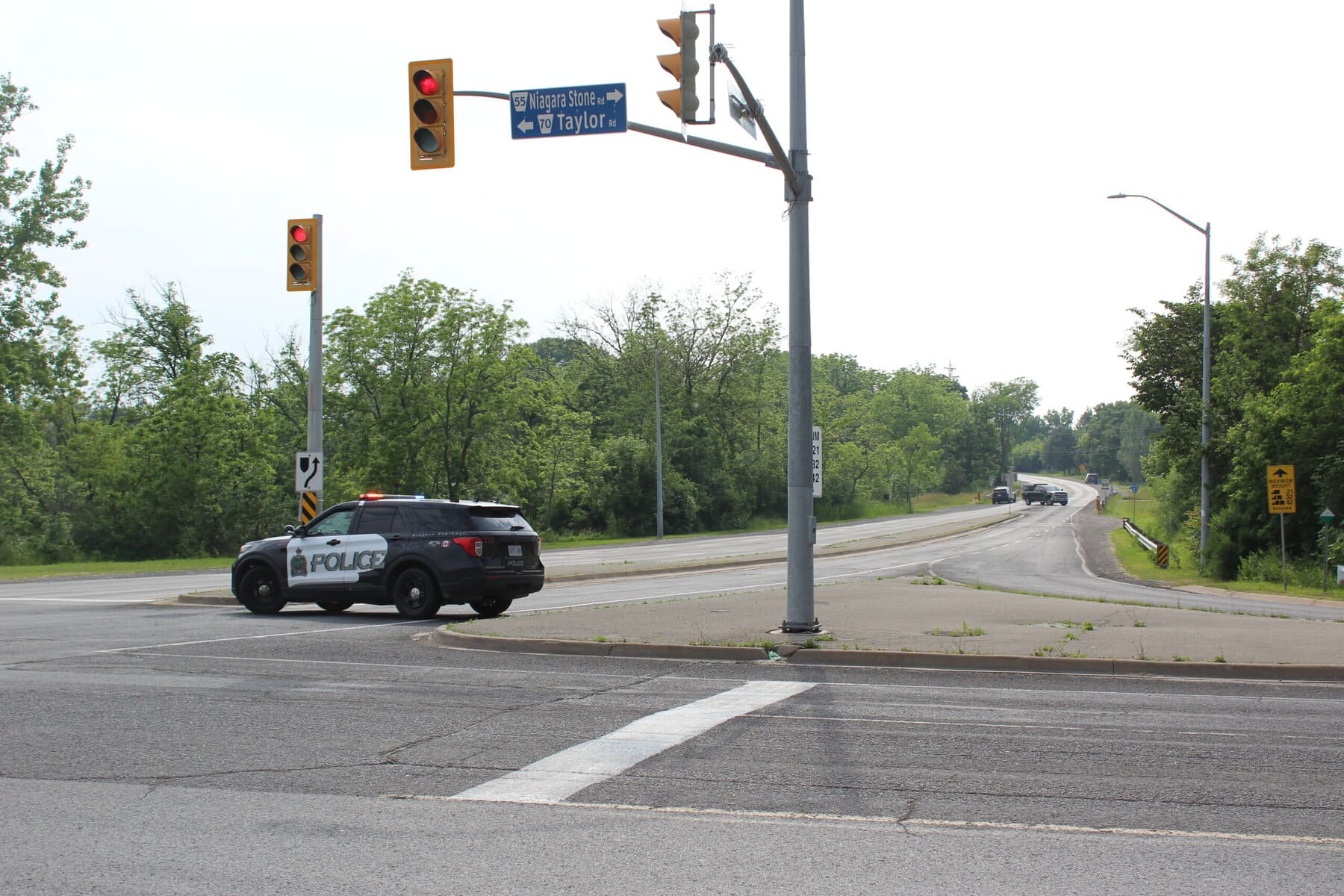Most Niagara-on-the-Lake residents likely would agree that spending more than $16 million annually on police protection that provides just two patrol cars to cover the entire town is a steep price to pay.
And they’d be right.
That’s the bad news.
The good news is that, as outlined in an in-depth look at policing costs published last month by The Lake Report, NOTL is a low-crime area. While petty crime and minor incidents do occur, major crimes are few and far between.
So, two patrol cars is usually sufficient to keep NOTL safe and protected.
But, as our analysis also made clear, because Niagara Region uses property assessment values to determine how much each of its 12 member municipalities contributes, NOTL residents are being slapped with an egregiously high bill.
In fact, our costs are roughly double what they might be if each Niagara city and town paid based on how many homes it has, rather than how much those homes are worth.
Budget and tax calculations can be complicated, but with about 196,000 households in Niagara, according to the 2021 census, and just 7,800 households in NOTL, the town’s total contribution could be as little as $7.5 million, The Lake Report concluded.
That’s a far cry from the current $16 million total.
As former Niagara Regional Police Services board chair Ken Gansel noted in our August story, he’d like to see policing costs “driveway-based, not assessment-based.”
The so-called “driveway” model is already how the costs for Niagara Region’s garbage, recycling and transit services are split — and our regional officials owe it to all Niagara taxpayers to make its taxation practices more fair.
The total tax bill for policing in all municipalities should be based on the number of households and businesses that require police protection.
We expect that would mean higher population (and higher crime) areas — like the big three cities of St. Catharines, Niagara Falls and Welland — could pay substantially more.
Well, NOTL and others have been carrying the extra burden for years, but now it’s time to shift that burden.
As a political decision, it will be difficult to achieve because councillors representing the big three cities would no doubt take some heat for their residents’ higher tax bills. In this case, we need councillors to do the right thing.
Policing is the single largest item in the region’s budget and it rises substantially every year — because everyone wants the police to be available when they need them.
We haven’t heard a lot from NOTL Regional Coun. Andrea Kaiser since she was elected in 2022, but in June she scored a victory of sorts by convincing her council colleagues to order a staff report on how the region handles the cost of policing.
The report is expected to go before regional council in November.
We don’t know what it will say or perhaps recommend, but the status quo is certainly not a fair way to be divvying up policing costs.
Just because real estate in NOTL is more expensive than, say, Welland, does not mean town residents should be paying double or more than other Niagara municipalities.
When the matter was before the region in June, St. Catharines Regional Coun. Laura Ip, who is a member of the police board, warned moving away from an assessment-based model “will help residents in Niagara-on-the-Lake but harm the rest of the region.”
She insisted the cost allocation used by the region “isn’t inequitable at all” and reflects “socioeconomic differences between municipalities.”
In other words, NOTLers can afford it, so suck it up.
That’s a common and misguided refrain. Yes, some NOTL residents might be able to afford those hefty policing costs, but a great many cannot.
And if taxation is to be equitable, Niagara Region needs to adopt a new model that does not penalize residents who happen to live in a low-crime community where their home has appreciated in value over the past decade or two.
That is simply not fair. Or right.











